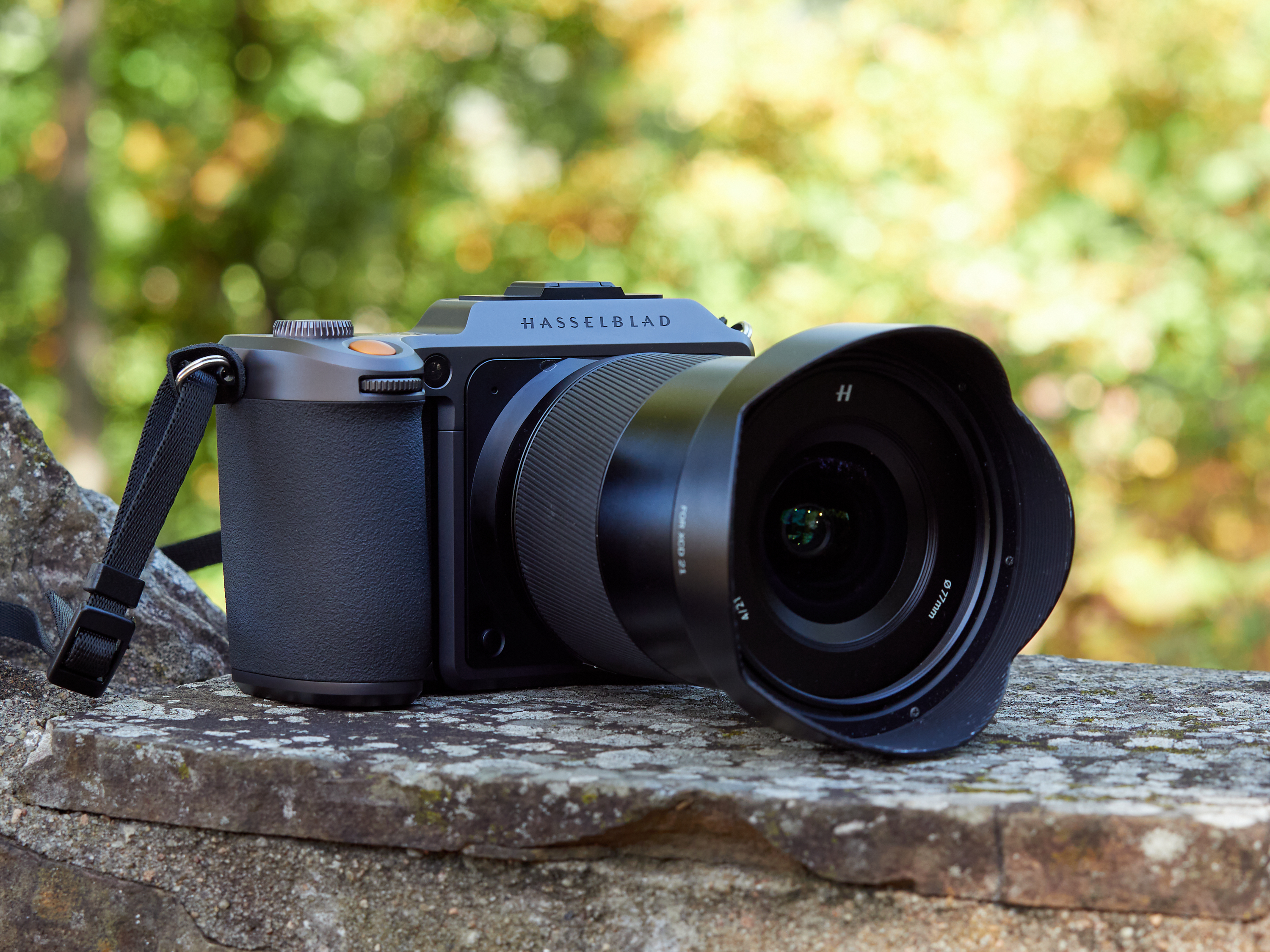Last Updated on 02/24/2020 by Mark Beckenbach
The Hasselblad X1D II is the equivalent of a gorgeously styled, magnificently built grand touring car with lackluster performance under the hood.
Hasselblad has been synonymous with creating exquisite, top of the line cameras for many years. They have built a reputation on providing cameras with the very best build quality and image quality that is hard to beat. A lot has changed over the years, and the company now faces stiff competition from other players in the market. The Hasselblad X1D II is the latest version of their more affordable Medium Format camera, and they claim that performance has been significantly improved compared to the first X1D. Are the improvements enough to make the X1D II the camera to choose in the more affordable Medium Format segment? Find out in our full review.
The Hasselblad X1D II is the company’s most affordable digital Medium Format camera to date ($5,750) and is aimed squarely at landscape photographers, product photographers, and studio photographers who want the build and image quality the company is known for. Does it have the chops to entice photographers away from equivalent offerings from Fujifilm, or convert more photographers to Medium Format? Let’s find out.
Pros and Cons
Pros
- It has a gorgeous design
- The touchscreen is the best in the business
- The user interface is, again, the best in the business
- Image quality is simply stunning
- Incredible build quality second to none
- The resolution of the EVF and rear LCD are excellent
- Great weather sealing
Cons
- Only contrast detection for autofocus
- Autofocusing in low light is not a thing
- The autofocus on this camera is incredibly slow by modern standards, even in excellent lighting conditions
- No eye or face detect, and no continuous focus modes
- No rear joystick or thumbpad to choose focus points
- It’s pricey at $5,750, compared to the similarly spec’d Fujifilm GFX 50R
Gear Used
We used the Hasselblad X1D II with the Hasselblad XCD 21mm f4 and the XCD 90mm f3.2.
Tech Specs
All technical specifications have been taken from the listing on Adorama.
Imaging
Lens Mount: Hasselblad XCamera Format
Medium Format: 50 Megapixel CMOS sensor
Size: 43.8 x 32.9 mm
Maximum resolution: 8272 x 6200
Aspect Ratio 4:3
Exposure Control
ISO Sensitivity Auto, 100 to 25600,
Shutter Type: Electronic Shutter, Leaf Shutter
Shutter Speed: Mechanical Shutter: 1/2000 to 4080 Second, electronic shutter: 1/10000 to 4080 Second
Continuous Shooting: Up to 2.7 fps at 50 MP
Focus
Focus Type: Auto and Manual Focus
Focus Mode: Continuous-Servo AF (C), Single-Servo AF (S)
Autofocus Points: 117 contrast detection
Viewfinder and Monitor
Viewfinder Type: Electronic (OLED)
Viewfinder Resolution: 3,686,400 dot
Viewfinder Coverage: 100%
Viewfinder Magnification: Approx. 0.87x
Monitor Size: 3.6″
Monitor Resolution: 2,359,296 dot
Monitor Type: Touchscreen LCD
Flash
Maximum Sync Speed: 1/2000 Second (Leaf Shutter)
Flash Compensation: -3 to +3 EV (1/3 EV Steps)
Dedicated Flash System: iTTLExternal Flash ConnectionHot Shoe
Interface
Memory Card Slot: 2x SD/SDHC/SDXC
Connectivity: USB 3.0, USB Type-C
Wireless: Wi-Fi, GPS
Environmental
Operating Temperature: 14 to 113 Degree F (-10 to 45 Degree C)
Physical
Battery: 1x Rechargeable Lithium-Ion, 7.2 VDC, 3400 mAh
Dimensions (W x H x D)5.83 x 3.82 x 4.92″ (148 x 97 x 125mm)
Weight: 1.69 lb (766g) (Body with Battery and Memory)
Ergonomics
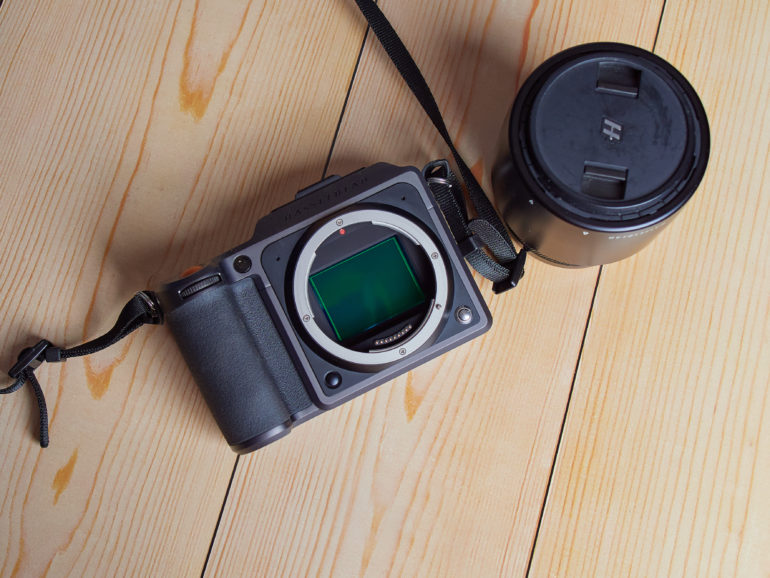
One of the first things you’ll notice when you first pick up the Hasselblad X1D II is just how great it feels. This camera has been designed to feel like an extension of your hands. The engineers at Hasselblad nailed it. The grip is nicely textured and deep, which allows you to get a good hold on the camera. The front dial at the top of the grip is located in the perfect position. From this top-down view, you can see how minimalist the design of the X1D II is. There’s really not much to it on the front apart from the huge XCD mount. Aside from the mount, you also see the lens release, a focus assist light, and a customizable function button.
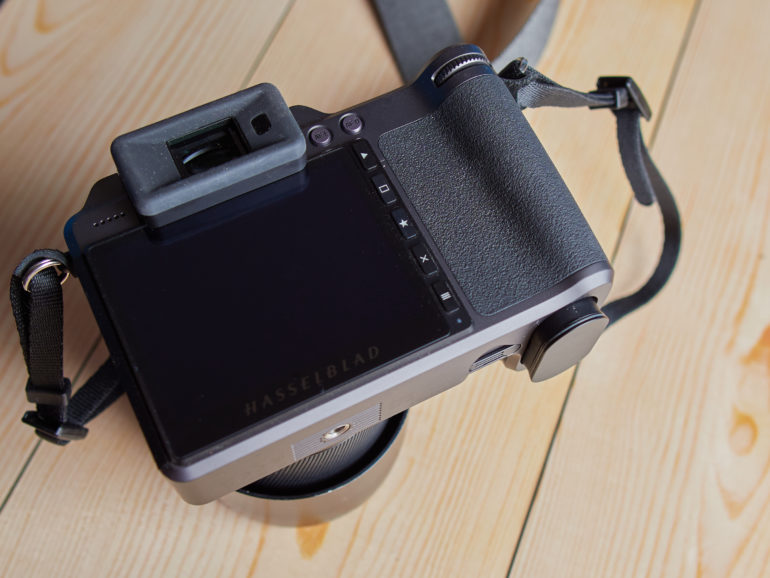
The back of the Hasselblad X1D II is dominated by the large 3.6-inch LCD touchscreen and the large EVF. The back of the camera is just as spartan as the front. You have five buttons that flank the LCD; playback, screen information settings, LiveView magnification, a menu/function select control, and the main menu button. Next to the viewfinder, you’ll find AE-L and AF-D controls. The tripod mount and the battery housing are on the bottom. There is no battery door on the Hasselblad X1D II. The battery has a rubber seal around the end of it, and the base of the battery acts as a weather seal. The battery sits flush with the body when fully inserted into the camera.
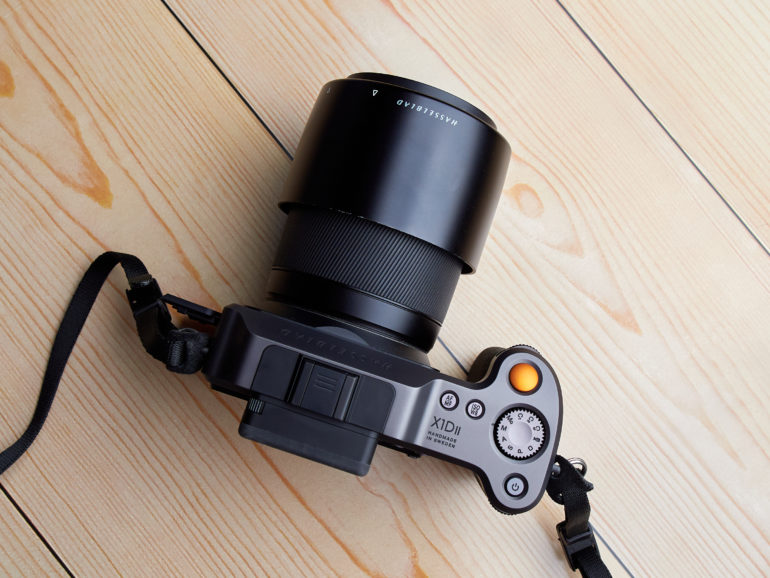
The minimalist theme continues on the top of the camera too. To the right of the EVF, you’ll find the AF/MF button, and an engraved X1D II logo that reminds you the camera was handmade in Sweden. The mode dial, which sits flush with the camera body until you make it pop up by depressing it, the power button, and, of course, the burnt orange shutter button are also located on the top left of the camera.
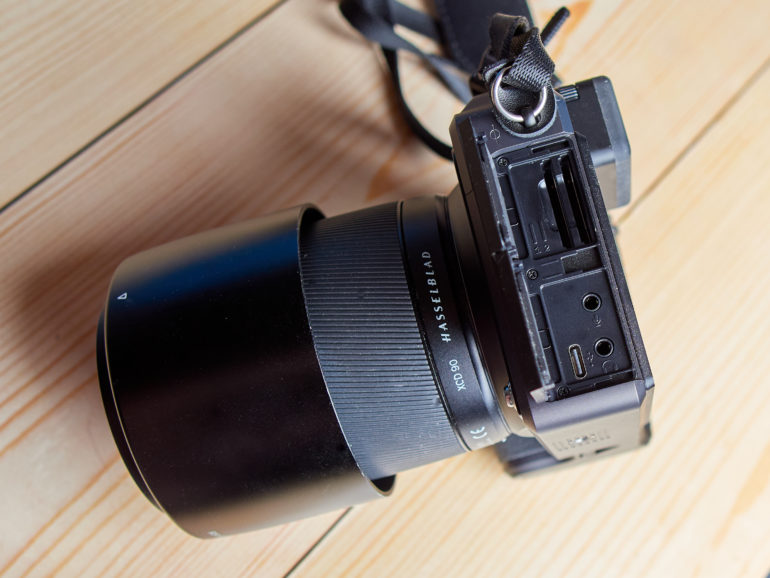
The left side of the camera has nothing going on, but on the right side, you will find two doors. Behind the doors, you will find the dual SD card slots, a headphone input, a mic input, and a USB-C connector that is used to charge the camera and connect it to an iPad or a computer for tethered shooting. The Hasselblad X1D II is an absolute delight to hold. You can tell Hasselblad spent a great deal of time and effort getting the feel of this camera right, and it has paid off in a big way. Despite the camera being a little on the heavy side, it feels comfortable to use for long periods. Everything falls into place nicely on this camera, and it is one of the things you will appreciate most about it.
Build Quality
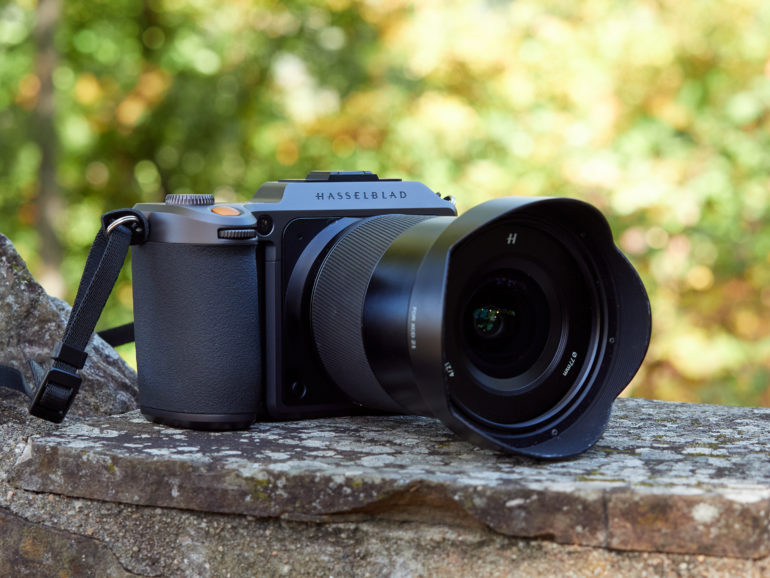
Simply put, the Hasselblad X1D II is one of the best cameras around when it comes to overall build quality. The camera body itself is a single, machined piece of aluminum that exudes class and opulence. Every inch of this camera has been crafted to perfection. The dials and buttons feel great and offer positive feedback when pressed. The overall fit and finish are simply exquisite, and the textured grip feels terrific in the hands. The Hassy X1D II is weather sealed excellently as well. I had it with me when the heavens opened up for a brief period and encountered no worries or problems. Compared to the Fujifilm GFX 50R, which would be the X1D II’s chief rival, there is simply no competition. If you’re wondering why the Hasselblad X1D II is $1,750 more expensive (at the time of writing) than the Fujifilm GFX 50R, build quality is one of the main reasons. This camera is built with the same precision you would expect to find in a Rolls Royce or Bently. It’s made to last.
Ease of Use
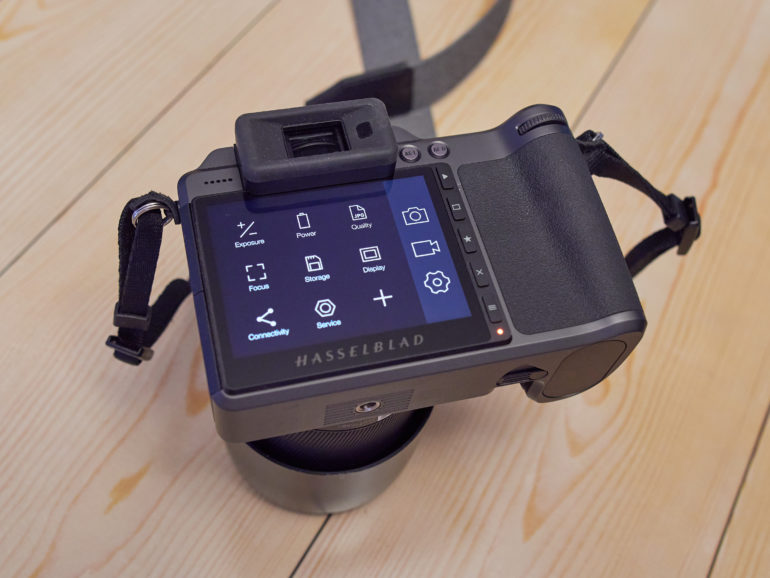
The Hasselblad X1D II is a joy to operate when it comes to its user interface and how the function of the touchscreen has been implemented. The X1D II has, hands down, the best menu system out there. It’s simple, minimalist by design, and easy on the eye. The screen pictured above can be altered and rearranged in the same way a smartphone screen can be. You simply long-press and drag and drop the icons. You can add and remove features and functions as you choose. The minimalist menu system presents nothing that doesn’t need to be there. You simply swipe through and tap on each menu option – easy, simple, elegant. That’s the best way to describe the menu system on offer here. Other camera manufacturers should take note of this.
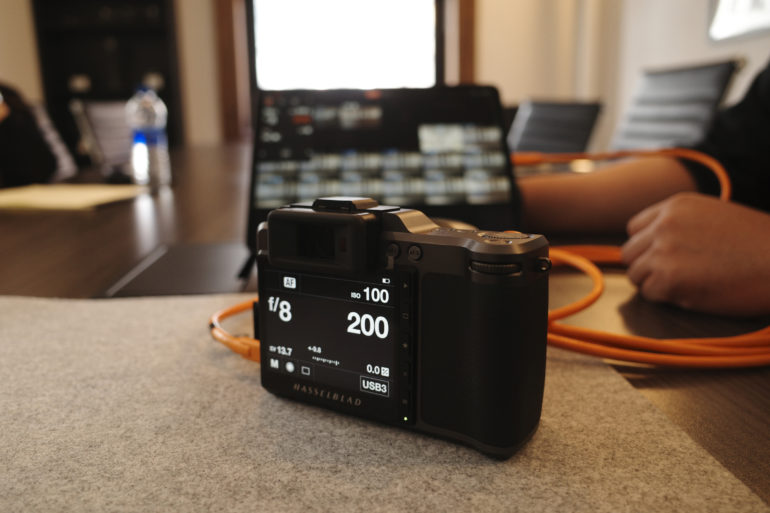
The screen pictured above is the main settings screen. Unless you live in the menus for the sake of it, this is the screen visible most of the time. Like everything else about the user interface on the Hasselblad X1D II, this screen is clean, easy to read, and devoid of any information impertinent to what you’re doing. You can cycle through additional screen features and find camera spirit levels and such, and to change settings you can either use the dials exclusively, tap on a setting and swipe, or use a mixture of the two.
When you have your settings dialed in and half-press the shutter, the LiveView mode takes over the 3.6-inch, 2.36 million dot LCD screen. Raise the camera to your eye, and the gorgeous 3.68 million dot OLED EVF assumes control. As you can see, there’s no thumbpad or joystick to move your AF point. There are, however, two ways to adjust the AF point; you can either hold down the AF/MF button and then use the front and rear dials to move the point up, down, left, and right; or you can use the touchscreen. The first way is incredibly cumbersome and frustrating to use. I’m sure almost all photographers will just use the touchscreen. The protruding EVF makes it easy to bring a finger up to the screen so that you can move the AF point around quickly.
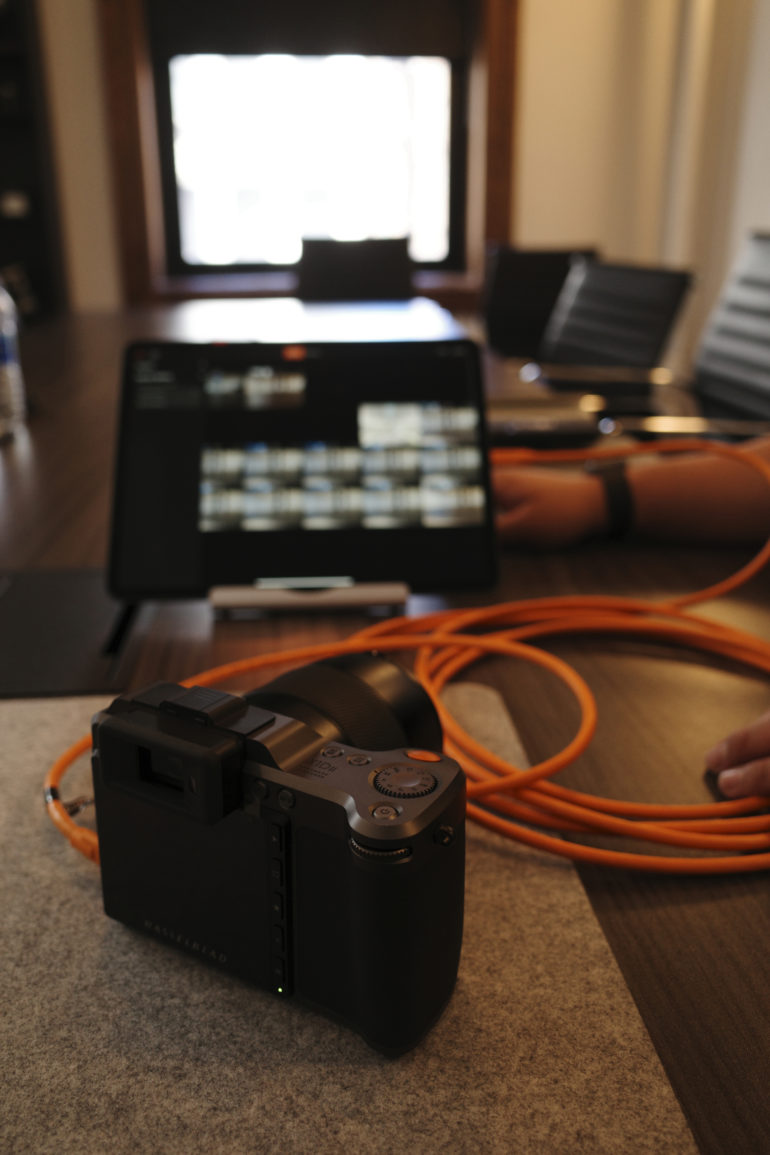
If you’re a photographer who likes to shoot tethered while in a studio setting, and you just happen to own an iPad Pro or iPad Air (2019 models), you’ll be pleased to know you can now connect the Hasselblad X1D II directly for tethered shooting. The feature is implemented well, and Hasselblad’s Phocus Mobile 2 capture/editing app is easy to use. The camera also has built-in Wi-Fi and GPS. This, of course, makes it easy to transfer files and tag the location of your images so that you can remember where you took the shot. The battery is okay in the X1D II. I took a few hundred shots before I needed to recharge the battery, which is done via the USB-C port on the camera.
Overall, the Hasselblad X1D II is easy to use from the standpoint of the menu systems, the button layout, and overall ergonomics. Both the EVF and the LCD touchscreen are a joy to use too. Make no mistake though, the X1D II is not a camera for those who run and gun. If that’s what you’re looking for, you should just move on now. The X1D II can shoot only 2.7 frames per second. If you’re the type of photographer who likes to be slow and deliberate, carry on reading.
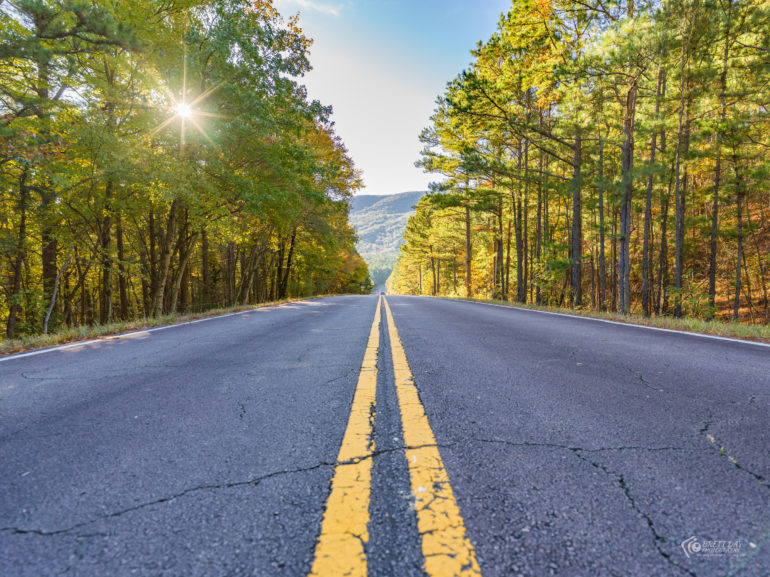
The leaf shutter mechanism is in each lens, and when you hit the shutter button, there’s a very noticeable delay (about three-quarters of a second) before the loud shutter operates. It’s quite the contrast between how fast the camera is when it comes to the menu system and how snappy the touchscreen is. There’s also blackout of a second or two after you have taken the shot. You’ll find that it’s all very hurry up and wait with the X1D II. Also keep in mind there’s no IBIS in the Hasselblad X1D II, and when a camera has a sensor of this size in it, any mistakes you make will be apparent in your final images. I wish I could say the Hasselblad is the most delightful camera to use period, but I can’t; things take quite a turn for worse in the autofocus section.
Autofocus

Hasselblad claims that the autofocus system and overall accuracy in the X1D II have been improved upon over the original X1D. While I never used the original X1D, I can say that the AF performance of the X1D II leaves a lot to be desired. Thanks to the autofocus system, the Hasselblad X1D II feels like a six-figure, precisely and gorgeously built GT car racing an old four-banger engine from a sub-compact hatchback.
The Hasselblad X1D II has contrast-detect autofocus points covering the majority of the sensor, and you can choose from three focus point sizes (small, medium, and large). Continuous focus? There is none. Eye and face detect? Nope, it’s not available in the X1D II either. The autofocus system is about as basic as you can get, which makes the poor AF performance even more perplexing.
“You don’t know what you’re talking about,” you say. “It’s Medium Format, it’s going to be slower,” you say. I know, I get it. Yes, Medium Format cameras are slower to focus than Full Frame or any other cameras (although Fujifilm has gone a long way to proving this doesn’t have to be the case). Unfortunately, the X1D II is both painfully slow to focus (significantly slower than the Fujifilm GFX 50R) and has trouble focusing entirely at times.
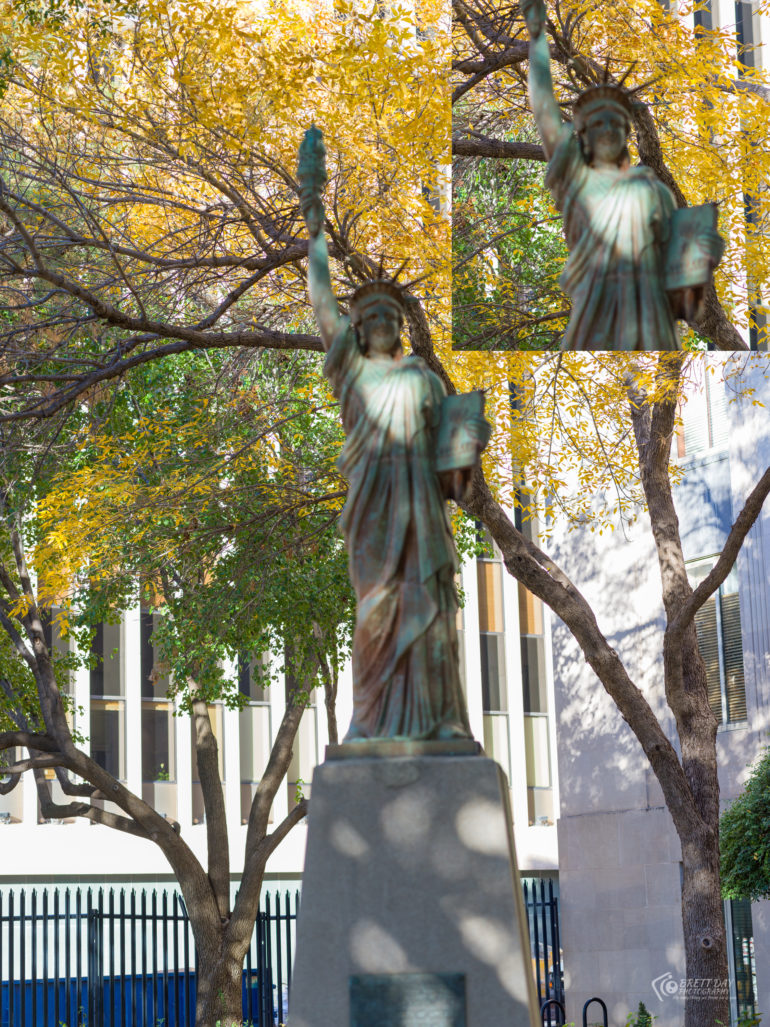
The above example is what you can expect to see quite often with the X1D II. A still scene shot at 1/500th of a second with a 75mm equivalent lens. The camera showed it had acquired focus on the statue, and this was the outcome. I took this shot five times, and three were out of focus (and this is with me making sure I did not move while the slow leaf shutter did its thing). The Hasselblad X1D II will also continuously hunt, even in great light, and then either give up or give a false positive focus reading. I thought perhaps this scene was too challenging for the contrast-detect autofocus, but as you can see below, it could hit focus in these conditions, it was just terribly inconsistent.

This also happened on a model shoot with just about the best light you could imagine. Roughly two out of five shots were out of focus after giving positive focus readings. Autofocus in low light situations is practically non-existent. If you do any kind of low light work, I suggest you look elsewhere. If you do the type of photography where you can be patient and can take your time (landscapes, product photography, studio shooting), you’ll be okay and able to deal with the AF system. If you do any type of photography where there is even a hint of motion or action, this is not the camera for you. But, when it does nail focus, the image quality is stunning.
Image Quality

The images that the Hasselblad produces are nothing short of spectacular (when in focus, of course). I was impressed with the Fujifilm GFX 50R when I used it, and the Hasselblad just improves upon that. The two cameras use the same (or very similar) sensors, yet the images the Hasselblad X1D II produces are much more eye pleasing. The colors produced are drop-dead gorgeous. The amount of detail that can be captured, pulled out from the shadows, and recovered from the highlights is fantastic (there are 14 stops of dynamic range). You’ll not be left wanting more.
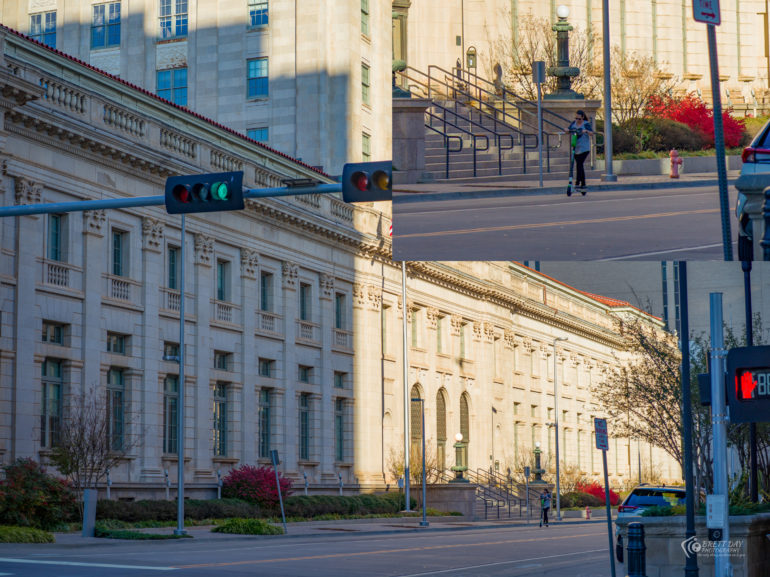
Thanks to the enormous sensor and its resolution, you can crop and make multiple images out of one composition without losing much detail. Speaking of detail, if you’re a landscape, product, or fine art photographer, you’ll be pleased to know there is detail aplenty overall.
RAW File Versatility
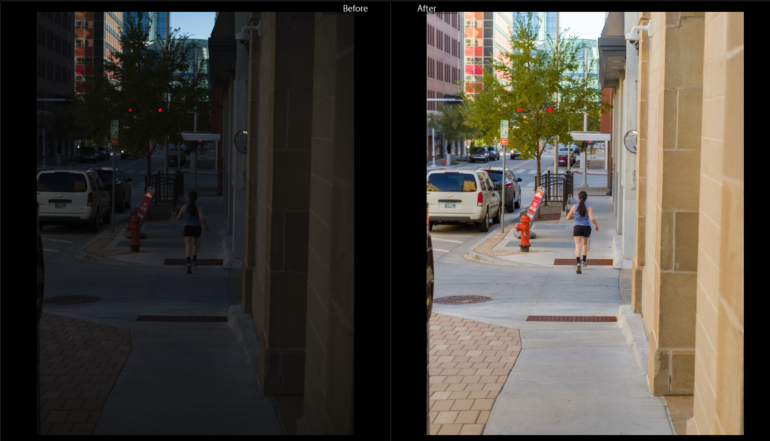
As you would expect, the versatility of the RAW files from the Hasselblad X1D II is superb. If you happen to mess up your shot, you can quickly recover almost any exposure mistake during post. Of course, if you’re making mistakes like this frequently, perhaps buying a camera just under $6,000 isn’t a smart thing to do. Regardless, if you need to, you can correct issues easily. Keep in mind that you cannot use Capture One to edit Hasselblad’s .3FR files, but you can use Lightroom, Photoshop, and Hasselblad’s own Phocus software. The RAW files can be pushed and pulled all over the place. If you can’t get your image to look just the way you want from the RAW files that come from this camera, then perhaps it’s time to take some editing classes.
High ISO
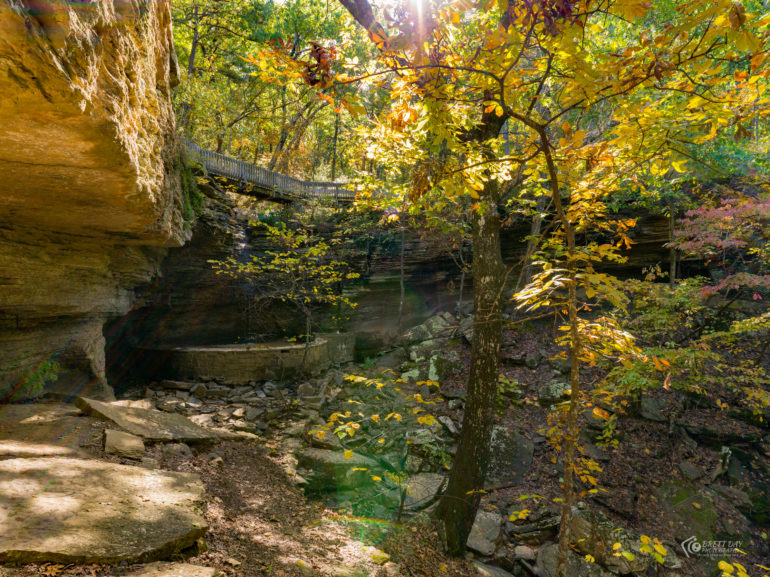
Overall the Hasselblad X1D II handles noise well. The jump from ISO 1600 to 3200 is not as pronounced as the jump from ISO 3200 to 6400. You can see, in the images below of the delicious burger I chowed down on, that the level of detail captured in the wood grain of the table is significantly diminished in the ISO 6400 shot compared to the ISO 3200 shot. Overall though, the X1D II does well at higher ISO’s. This is not the type of camera you buy to use at such high ISO settings frequently, but if you need to, you can, and you will still get usable results.



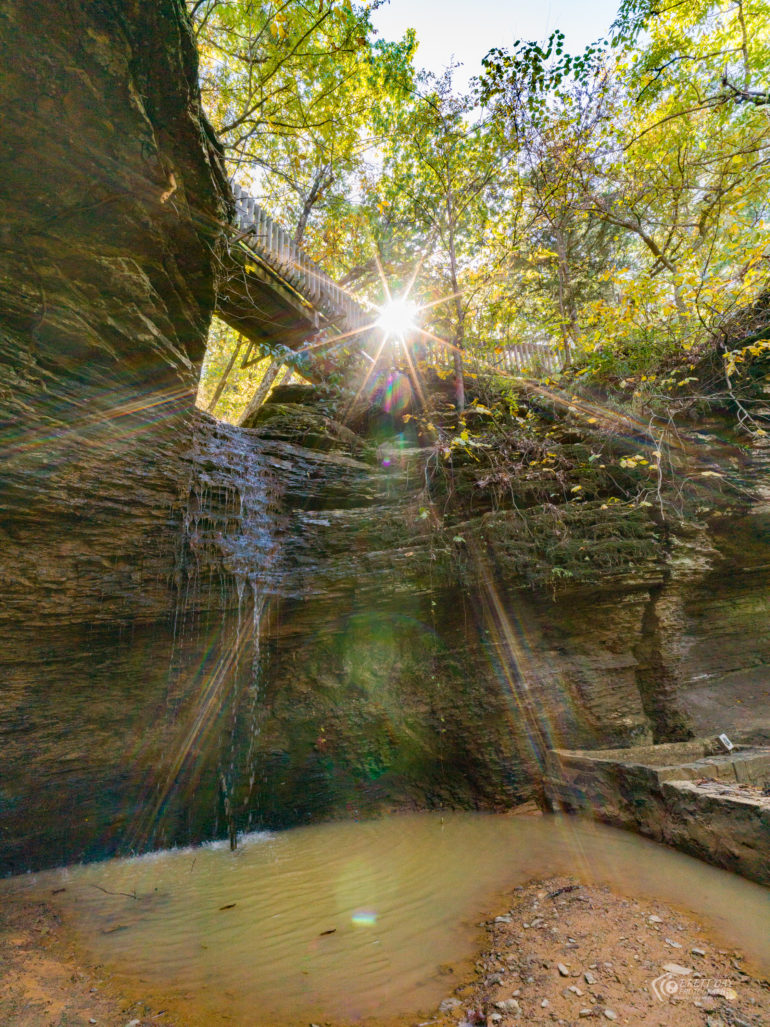
Extra Image Samples
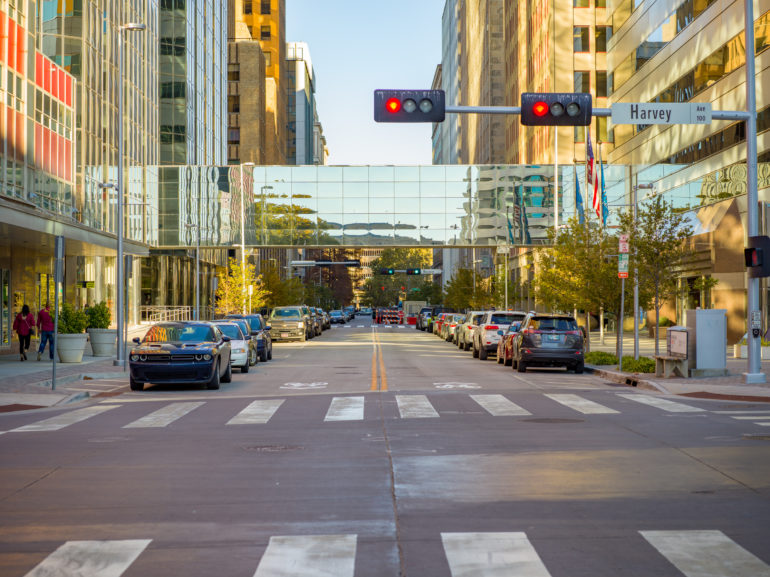

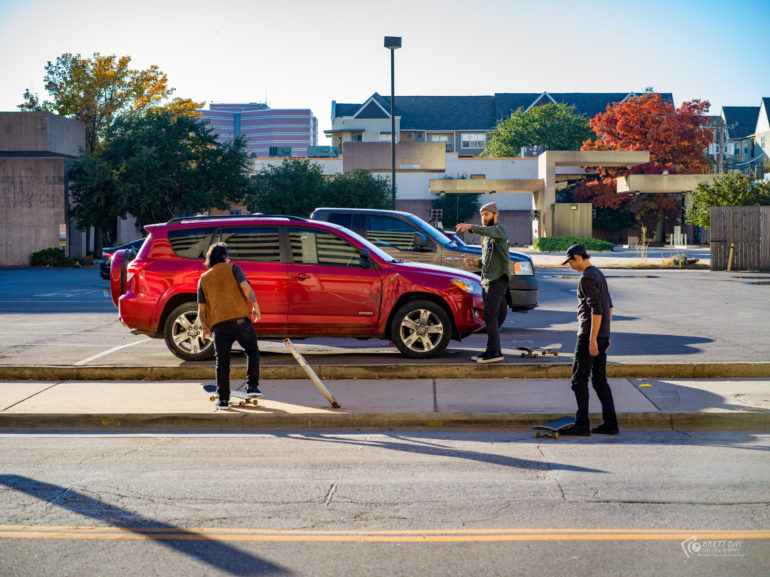



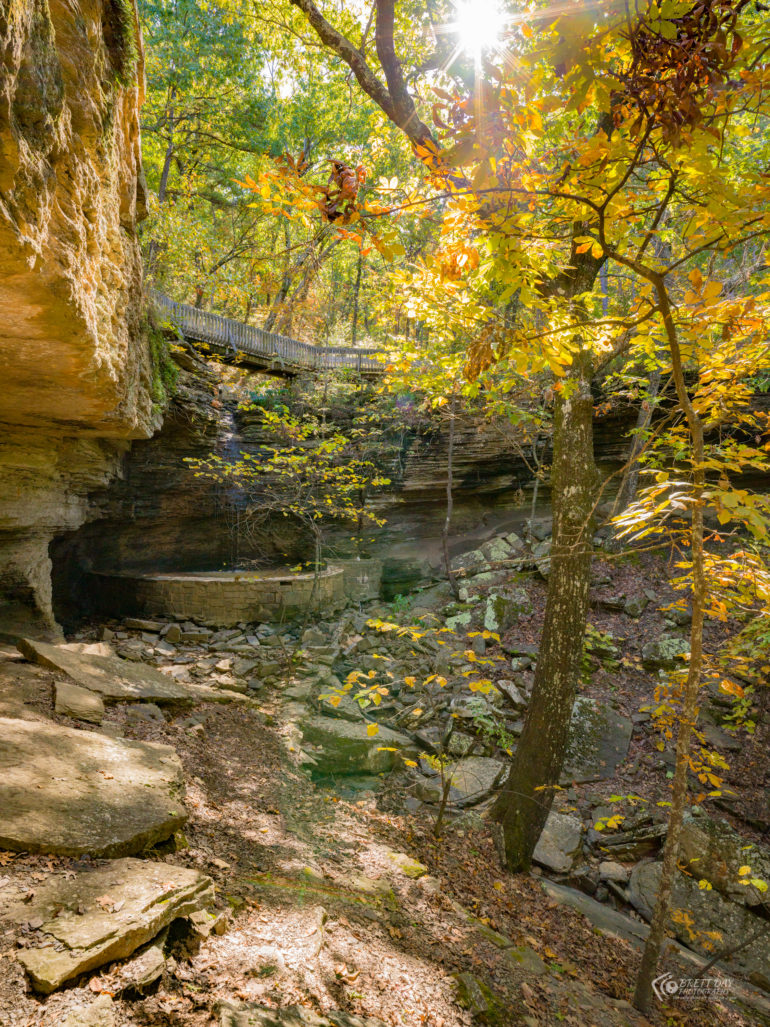
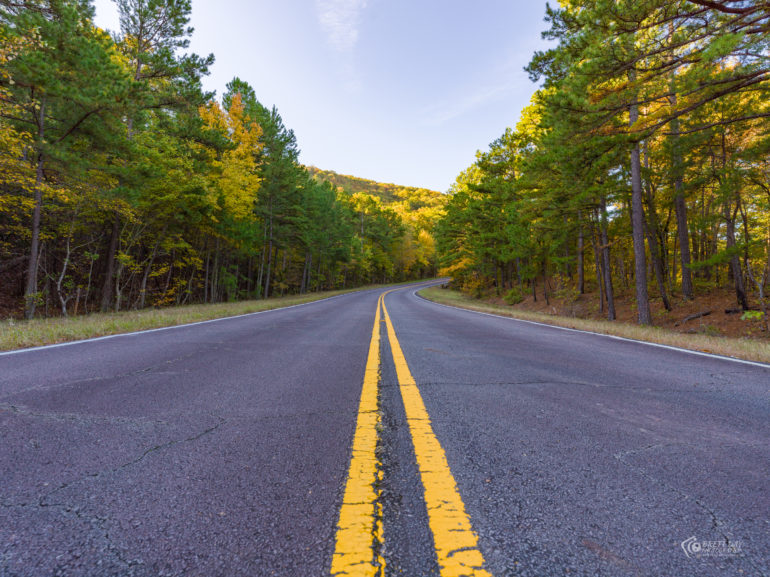
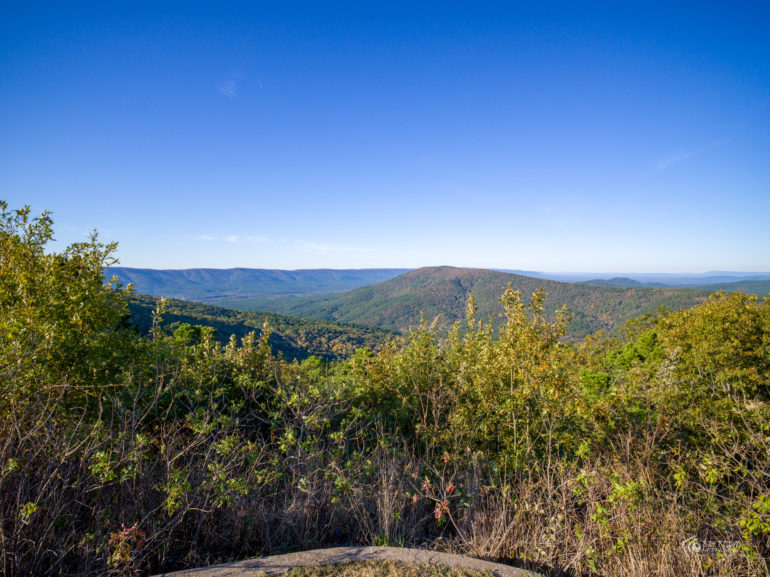

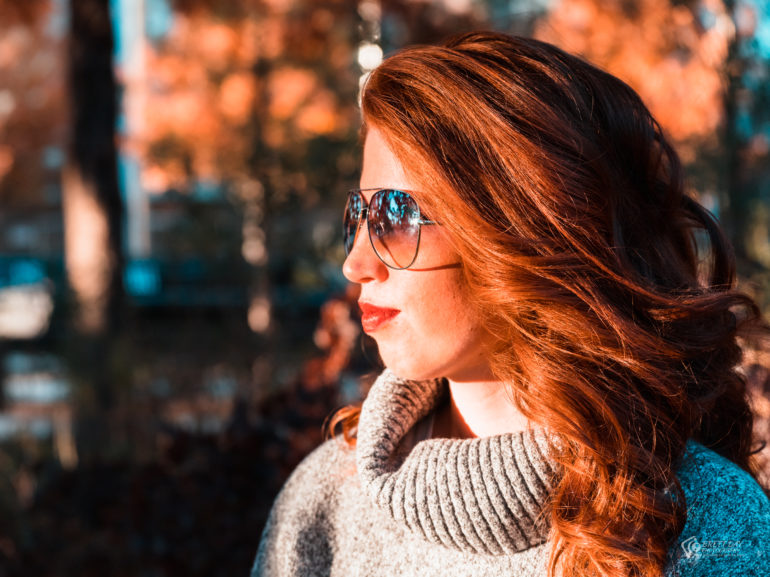
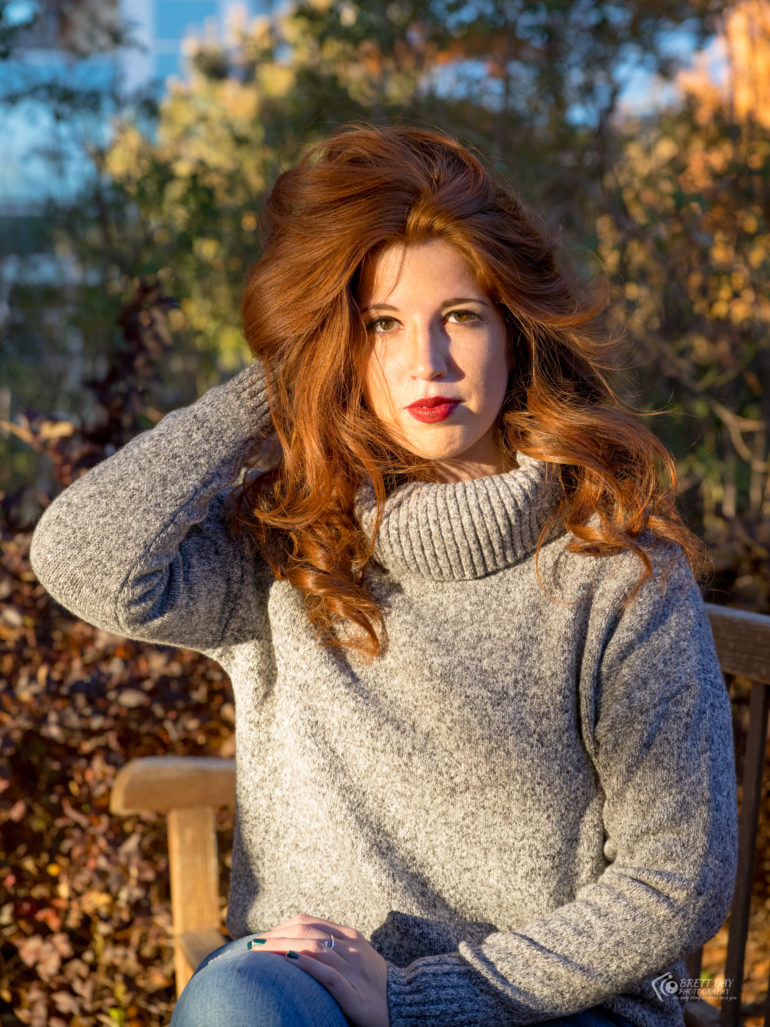
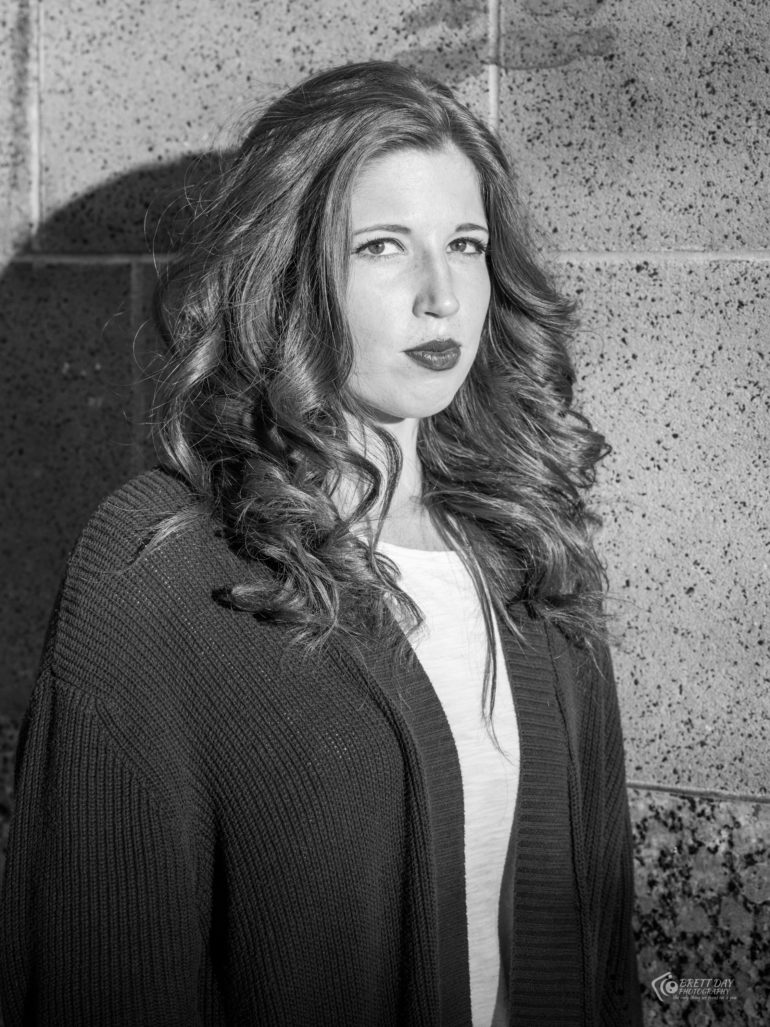
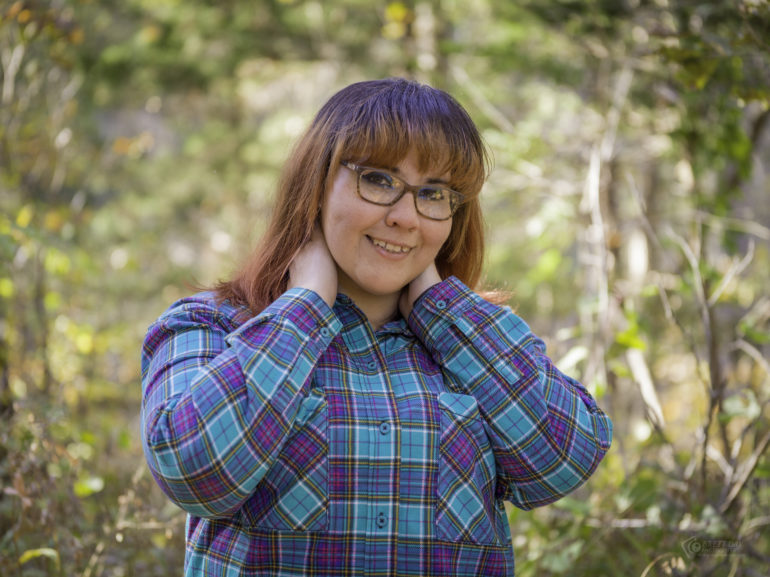
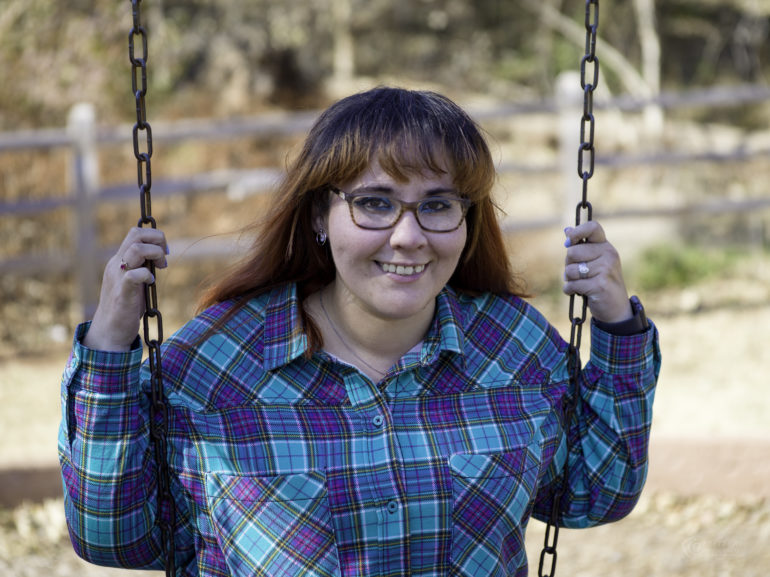
Conclusions
Likes
- Simply gorgeous camera to look at and hold
- The best touchscreen on a camera to date, and a friendly menu system to boot
- The image quality is stunning
Dislikes
- The autofocus performance is sub-par compared to other cameras in this class
- No, really, the autofocus isn’t good at all
- Did we talk about the autofocus performance already?
So who is this camera for, and should you buy it? If you’re a photographer who likes the finer things in life, and you spend your time shooting landscapes, products, fine art, or you do studio work, the Hasselblad X1D II might be for you. If you have the patience to deal with the autofocus system or prefer to manually focus, then you will likely enjoy this camera and the results it can produce.
At $5,750, the Hasselblad X1D II is not cheap. For that price, you would expect performance in all areas to surpass a camera that costs significantly less, but it doesn’t. The image quality is outstanding, but the autofocus performance is honestly not acceptable. If you simply must own a Hasselblad, go for it. The X1D II does have some unique features to set it apart from others, and I doubt you’ll hold a better feeling camera in your hand. I’m also certain you’ll love the image quality if you’re patient with the camera. Still, it would be remiss of me not to remind you that there are cheaper Medium Format cameras out there that are suitable for more than just a few genres of photography. There’s even a Full Frame camera on the market now (Sony A7R IV) with more resolution at a cheaper price point. With these two things in mind, the Hasselblad X1D II becomes a hard sell, unless, of course, you simply want the experience of owning a Hasselblad.

The Hasselblad X1D II scores a respectable three out of five stars. The three stars are for the simply exquisite build quality and the stunning image quality. It’s a shame the autofocus performance on a camera launched in 2019 is really this bad, especially when it’s a basic autofocus system at that. Perhaps this can be fixed via firmware in the future. Also, the price, even though it is significantly cheaper than the original X1D, is still a little high. If you’re interested in seeing the latest price of the Hasselblad X1D II, head on over to Amazon.


